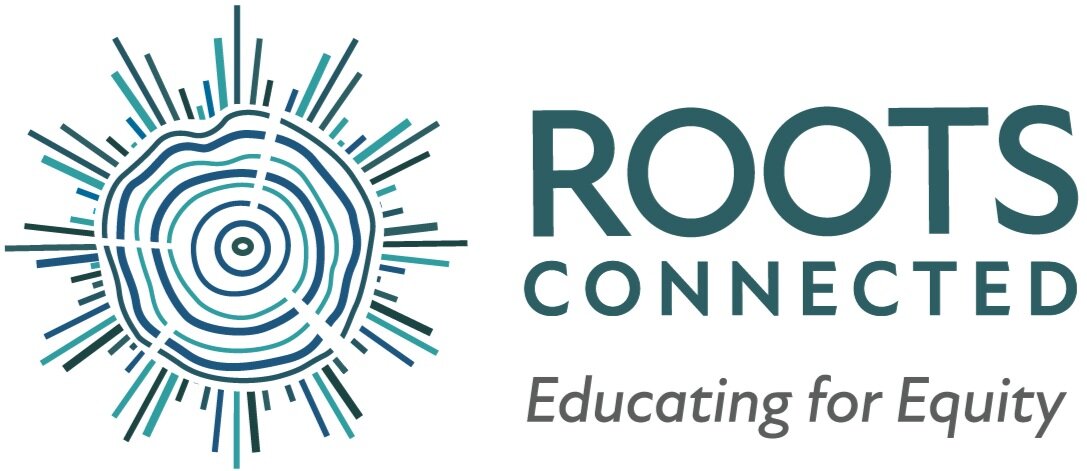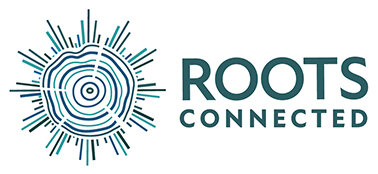Prism: Students Broaden the Concept of Allyship
Contributors: Jillian Morgan & Sarah Solomon, Prism Advisors at Community Roots
It started with a simple phrase from a 7th grade student, who we will call Z. “We need a GSA”. Z wanted their peers and the adults at school to understand and validate their experiences. They felt that a student group dedicated to LGBTQ+ issues would help bring about positive change in our school community. After a year of self-advocacy and perseverance, Z was granted permission to start a GSA, which left us adults with a big question:
“How do we start a GSA led by middle school students that honors our school’s core values?”
A group of adults committed to helping Z launch the group met to brainstorm. We decided that the group needed to be student led, diverse, and a safe place for students to express themselves.
Z identified two of their classmates as allies who would help them recruit and lead the group. They went into the cafeteria, not knowing what to expect, and came back with a full page list of students who signed up as being interested. They were motivated to get started.
First, the group chose a name: Prism. They felt it was inclusive of all identities and experiences, but still symbolic of their vision. A prism is multi-faceted, brings light, and projects rainbows! We agreed that it was a very fitting name.
Meeting topics were generated by student participants, and the adult advisors supported them in finding resources and gathering necessary materials. The group discussed current events, experiences inside and outside of school, and ideas they had for events and projects.
The students of Prism worked on two major projects throughout our first school year together. The first project was an education campaign to raise awareness about different LGBTQ+ identities. The students designed posters explaining the definitions of lesbian, gay, bisexual, trans, and queer+ and hung them around the school. Before they posted their work, we discussed and processed as a group how we would feel and respond if a poster was defaced or ridiculed. It turned out that, instead, the posters not only remained in tact, but they also generated conversation in the school..
After their first action, the students of Prism wanted to do something that would promote action among their community members. The concept of an “ally” is present in our curriculum and conversations at Community Roots, and the students wanted to educate people on how this idea is relevant to people who identify as LGBTQ+.
Working together as a team, the students researched, planned, assigned themselves roles, wrote and edited a script and created a storyboard, brought in outside help (a producer friend of our community), and they stayed after school to shoot the film, record voice overs, and illustrated their ideas. The first time we watched the video all the way through, we were glowing. We knew that we had made something powerful and wanted to share it with the whole school.
The day we showed the video “How to Be an Ally” to Community Roots Middle School, Z got up in front of everyone and made a statement introducing the group and the video. While everyone watched the video, Z watched them and felt that they had achieved what they set out to do, and more.
Z is in 9th grade now and is an active member of the GSA at their high school. We can’t wait to see what they do next.


